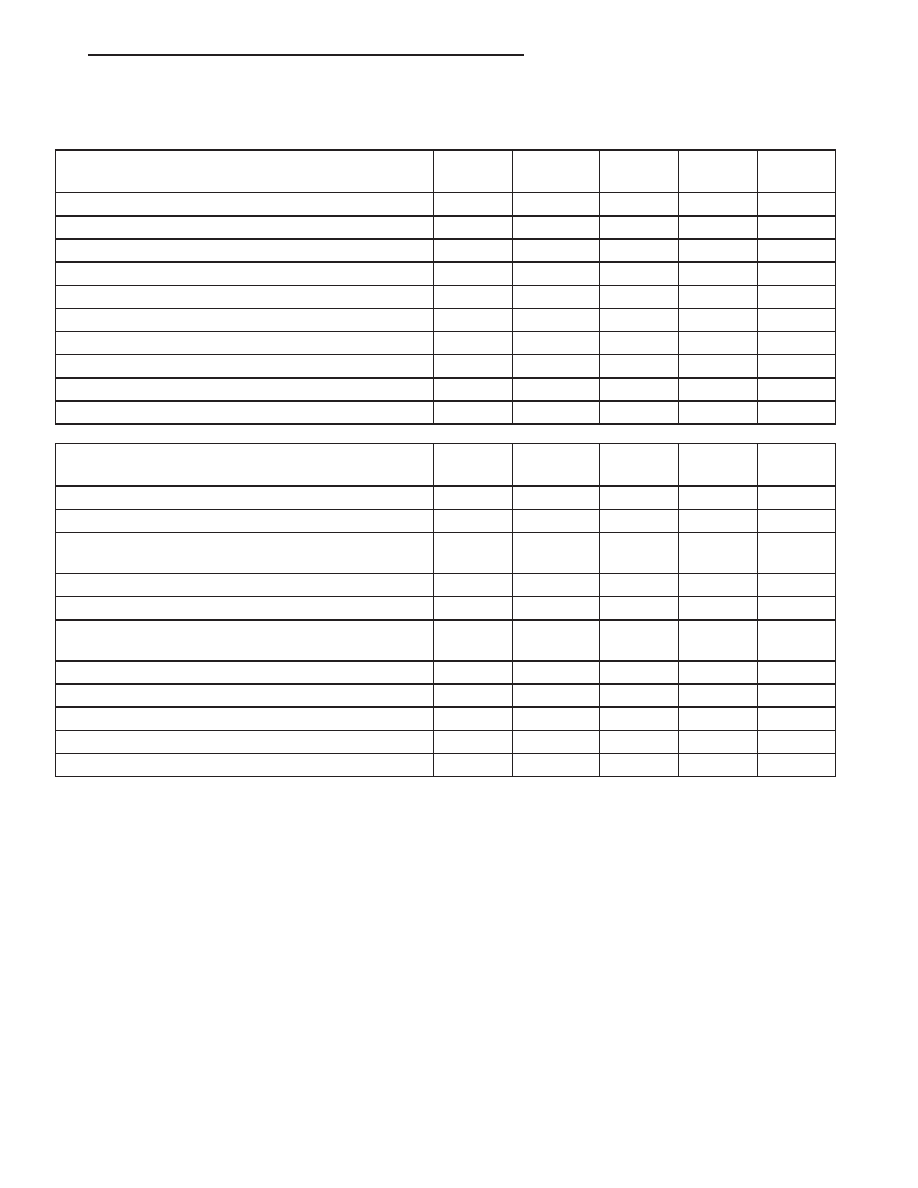Chrysler RG Voyager. Manual - part 628

SCHEDULE A - DIESEL ENGINES
Kilometers
20 000
km
40 000
km
60 000
km
80 000
km
100 000
km
Change engine oil and engine oil filter.
X
X
X
X
X
Rotate Tires
X
X
X
X
X
Replace engine air filter element
X
X
X
X
X
Replace fuel filter/water separator unit.
X
X
X
X
X
Inspect timing belt tensioner. ‡
X
Replace the engine timing belt and idler pulleys.
X
Check front end alignment.
X
X
Inspect the tie rod ends and boot seals.
X
X
Inspect the brake linings.
X
X
X
X
X
Replace the air conditioning filter.
X
X
X
X
X
Kilometers
120 000
km
140 000
km
160 000
km
180 000
km
200 000
km
Change engine oil and engine oil filter.
X
X
X
X
X
Rotate Tires
X
X
X
X
X
Inspect accessory drive belts and replace if
necessary.
X
Replace engine air filter element
X
X
X
X
X
Replace fuel filter/water separator unit.
X
X
X
X
X
Replace the timing belt, idler pulleys and timing belt
tensioner.
X
Flush and replace engine coolant.
X
Check front end alignment.
X
X
X
Inspect the tie rod ends and boot seals.
X
X
X
Inspect the brake linings.
X
X
X
X
X
Replace the air conditioning filter.
X
X
X
X
X
Inspection and service should also be performed
anytime a malfunction is observed or suspected.
Retain all receipts.
‡ Replace if there is superficial wear, bearing clear-
ance, or evident grease leakage.
SCHEDULE B - DIESEL ENGINES
Follow schedule “B” if you usually operate your
vehicle under one or more of the following conditions.
Change the automatic transmission fluid and filter
every 90 000 km if the vehicle is usually operated
under one or more of the conditions marked with an
L.
• Day or night temperatures are below 0° C (32°
F).
• Stop and go driving.
• Extensive engine idling.
• Driving in dusty conditions.
• Short trips of less than 16 km (10 miles).
• More than 50% of your driving is at sustained
high speeds during hot weather, above 32° C (90° F).
• Trailer towing.L
• Taxi, police, or delivery service (commercial ser-
vice).
L
• Off-road or desert operation.
RS
LUBRICATION & MAINTENANCE
0 - 25
MAINTENANCE SCHEDULES (Continued)